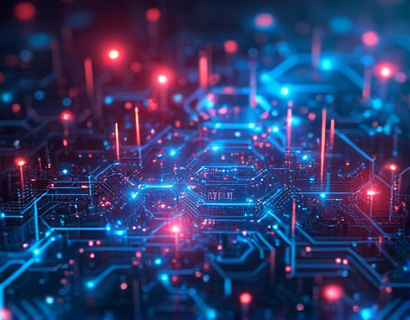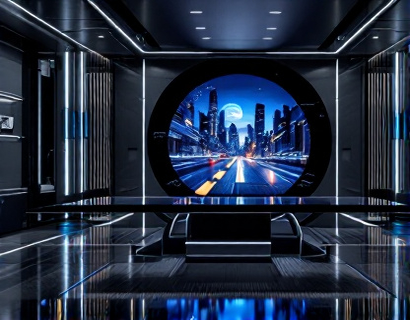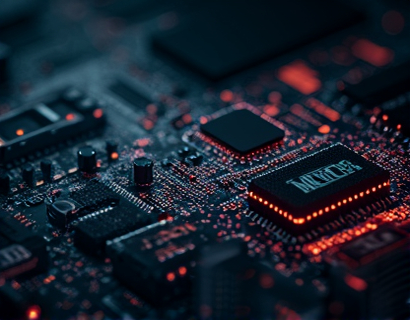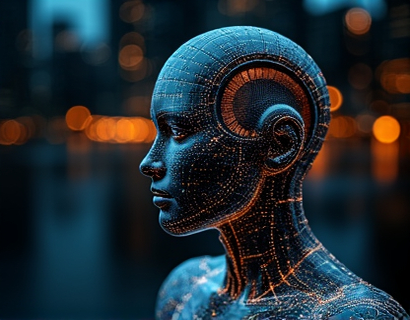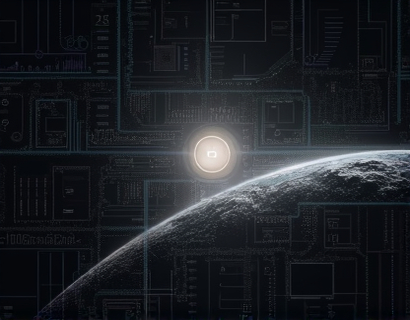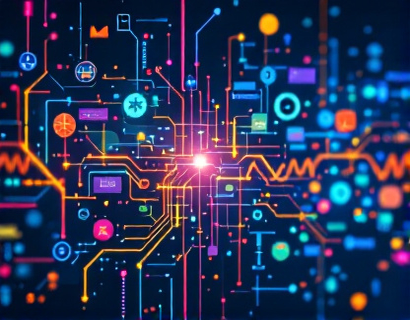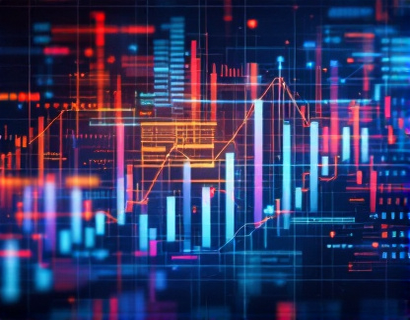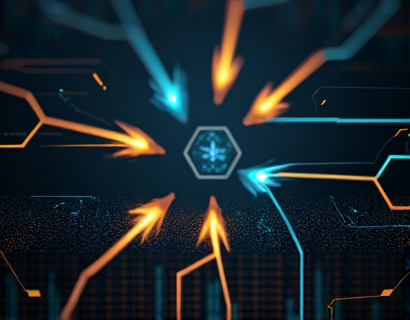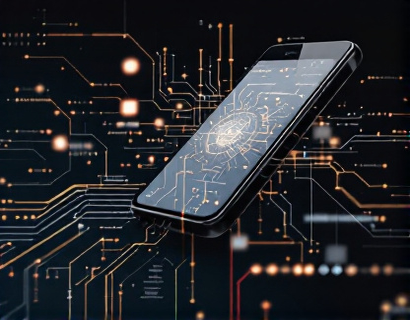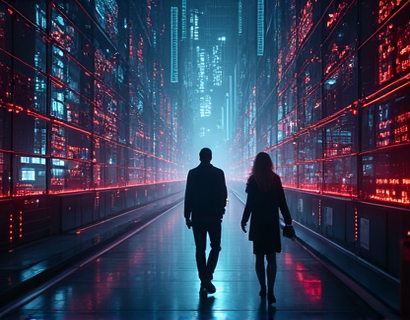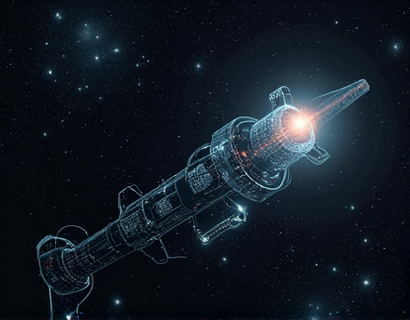Decentralized Productivity: Harnessing AI and Crypto for Next-Gen Ucosystem Solutions
The intersection of cryptocurrency and artificial intelligence (AI) is giving rise to a new era of digital productivity, often referred to as the Ucosystem. This emerging field combines the decentralized nature of blockchain technology with the computational power of AI to create innovative solutions that enhance efficiency, simplify tasks, and redefine how we interact with digital tools. The Ucosystem represents a paradigm shift in the way we approach productivity, offering a more secure, transparent, and user-centric approach.
The foundation of the Ucosystem lies in blockchain technology, which provides a decentralized and immutable ledger for transactions and data storage. This ensures that data is tamper-proof and accessible to all participants in the network without the need for intermediaries. When combined with AI, blockchain can process and analyze vast amounts of data to provide insights, automate tasks, and optimize workflows. This synergy is revolutionizing various sectors, from finance and healthcare to project management and content creation.
Enhancing Efficiency with AI-Driven Blockchain Applications
One of the most significant benefits of the Ucosystem is its ability to enhance efficiency across different domains. AI algorithms can be deployed on blockchain networks to perform complex calculations, data analysis, and decision-making processes. For instance, in supply chain management, AI can predict demand, optimize inventory levels, and track the movement of goods in real-time, all while ensuring transparency and traceability through blockchain. This not only reduces costs but also minimizes errors and delays.
In the realm of finance, smart contracts powered by AI can automate and execute transactions based on predefined conditions, reducing the need for manual intervention and lowering transaction costs. AI-driven analytics can also help in risk assessment and fraud detection, providing a more secure and reliable financial ecosystem. These applications demonstrate how the fusion of AI and blockchain can streamline processes and improve overall productivity.
Simplifying Tasks Through Decentralized Autonomous Organizations (DAOs)
Decentralized Autonomous Organizations (DAOs) are another transformative application of the Ucosystem. DAOs are community-driven entities governed by smart contracts on a blockchain, allowing for decentralized decision-making and resource allocation. AI can enhance DAOs by providing data-driven insights and automating routine tasks, such as voting mechanisms and fund distribution. This reduces the administrative burden and ensures that decisions are made based on objective data rather than subjective opinions.
For example, in content creation and distribution, a DAO can use AI to analyze audience preferences and recommend content strategies, while blockchain ensures that creators are fairly compensated for their work. This collaborative and transparent model not only simplifies task management but also fosters a more inclusive and equitable digital environment.
Improving Collaboration with Decentralized Workspaces
The Ucosystem is also transforming how teams collaborate on projects. Decentralized workspaces powered by blockchain and AI can facilitate seamless collaboration among geographically dispersed teams. These platforms use AI to manage task assignments, track progress, and provide real-time feedback, ensuring that everyone is aligned and productive. Blockchain ensures that all contributions are recorded and rewarded transparently, eliminating the risk of fraud and ensuring fair compensation.
For instance, a decentralized project management tool can use AI to predict potential bottlenecks and suggest optimizations, while blockchain ensures that all team members have access to the same version of the project data. This level of transparency and automation not only improves collaboration but also builds trust among team members.
Security and Privacy in Decentralized Productivity
Security and privacy are paramount in the Ucosystem, and the combination of AI and blockchain addresses these concerns effectively. AI can detect and mitigate security threats in real-time, analyzing patterns and anomalies to prevent breaches. Blockchain's inherent security features, such as cryptographic hashing and consensus mechanisms, further safeguard data integrity and confidentiality.
Moreover, AI can enhance privacy by implementing advanced encryption techniques and zero-knowledge proofs, allowing users to verify transactions without revealing sensitive information. This ensures that users can benefit from the Ucosystem's advantages while maintaining control over their personal data.
Future Prospects and Challenges
The future of the Ucosystem holds immense potential, with ongoing advancements in AI and blockchain technology paving the way for even more innovative solutions. One area of focus is the development of interoperable blockchain networks, enabling seamless integration and communication between different platforms. This will facilitate a more connected and efficient Ucosystem, where users can leverage a wide range of tools and services without barriers.
Another promising direction is the integration of AI with Internet of Things (IoT) devices, creating a smart and autonomous environment. AI can process data from IoT devices to optimize resource usage, predict maintenance needs, and enhance user experiences. When combined with blockchain, this creates a secure and transparent ecosystem for smart homes, cities, and industries.
However, the path to widespread adoption is not without challenges. Scalability remains a significant issue, as current blockchain networks struggle to handle high transaction volumes. Research into layer 2 solutions and more efficient consensus algorithms is crucial to address this. Additionally, regulatory frameworks need to evolve to support the growth of decentralized applications and ensure user protection.
Education and awareness are also essential. As the Ucosystem becomes more complex, users need to understand the benefits and risks associated with these technologies. Providing accessible resources and training can help bridge the knowledge gap and foster a more informed and engaged user base.
Conclusion
The fusion of AI and cryptocurrency is redefining digital productivity through the Ucosystem, offering transformative applications that enhance efficiency, simplify tasks, and promote collaboration. By leveraging the strengths of both technologies, we can create a more secure, transparent, and user-centric digital landscape. As the field continues to evolve, addressing challenges and embracing innovation will be key to unlocking the full potential of the Ucosystem. For tech-savvy individuals interested in cryptocurrency, AI, and innovative digital solutions, the future is bright, and the possibilities are endless.




